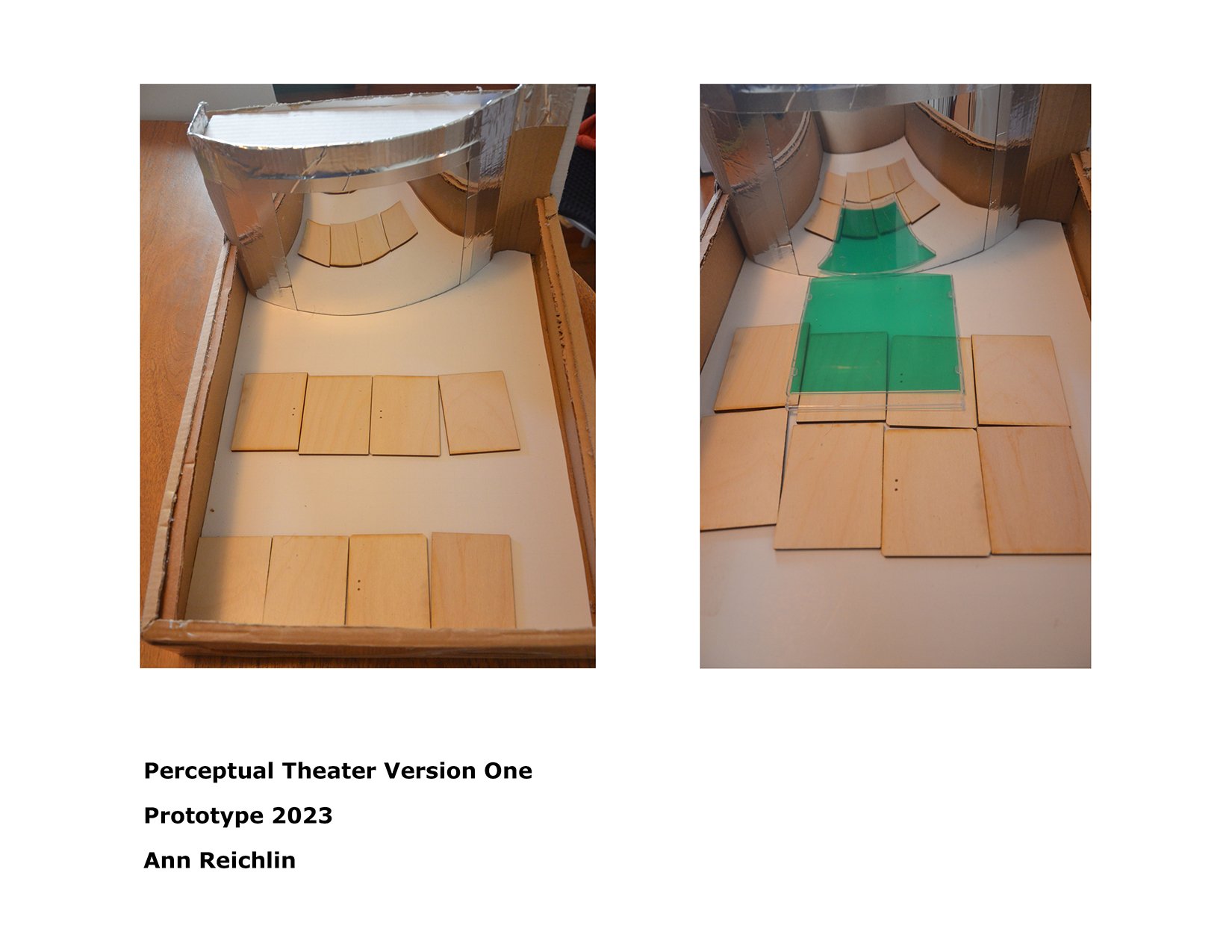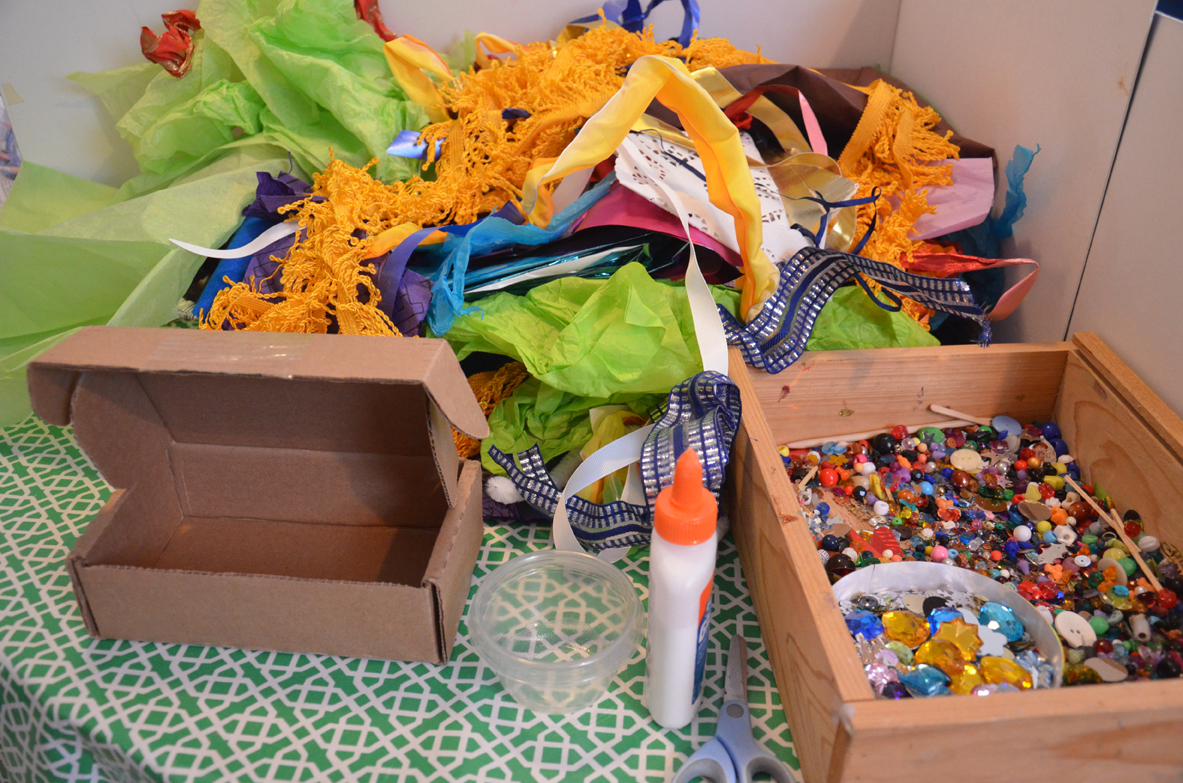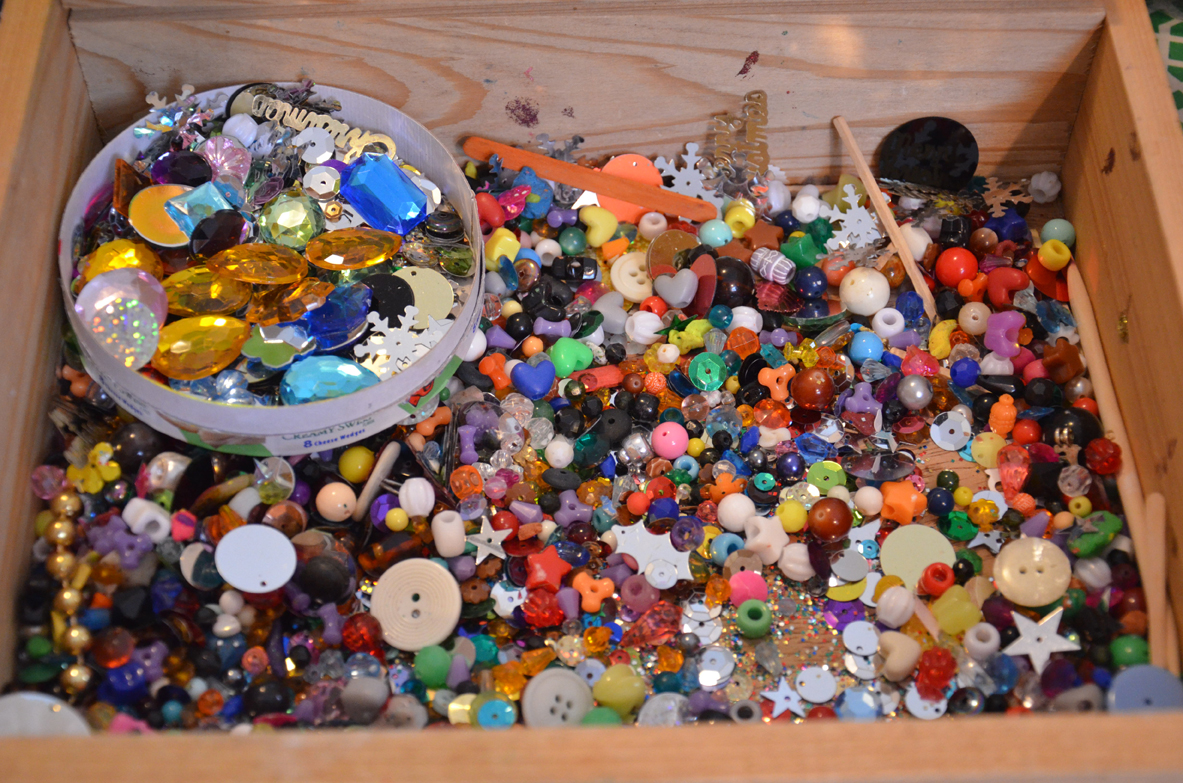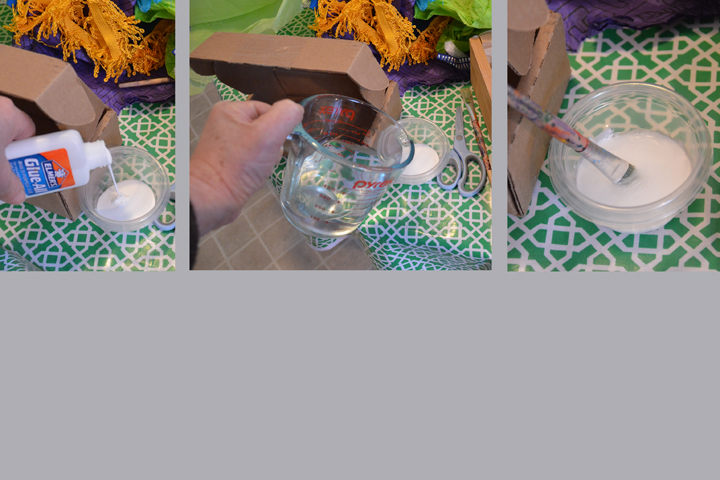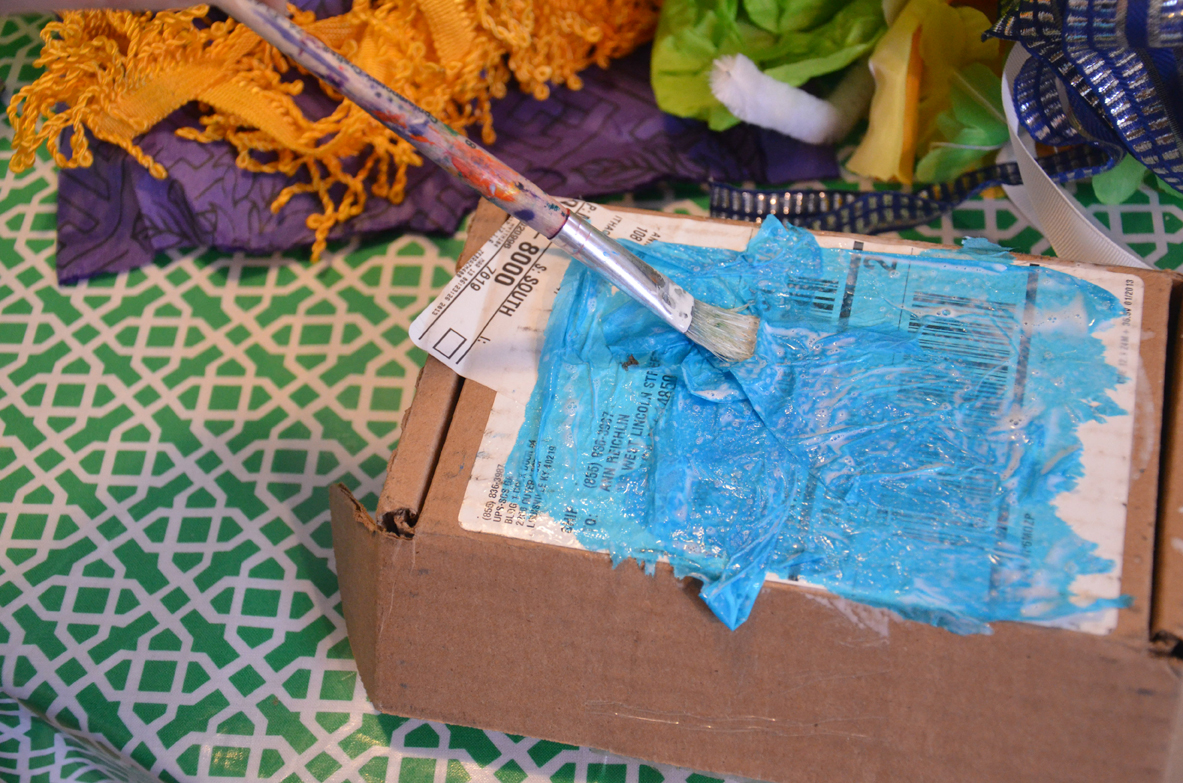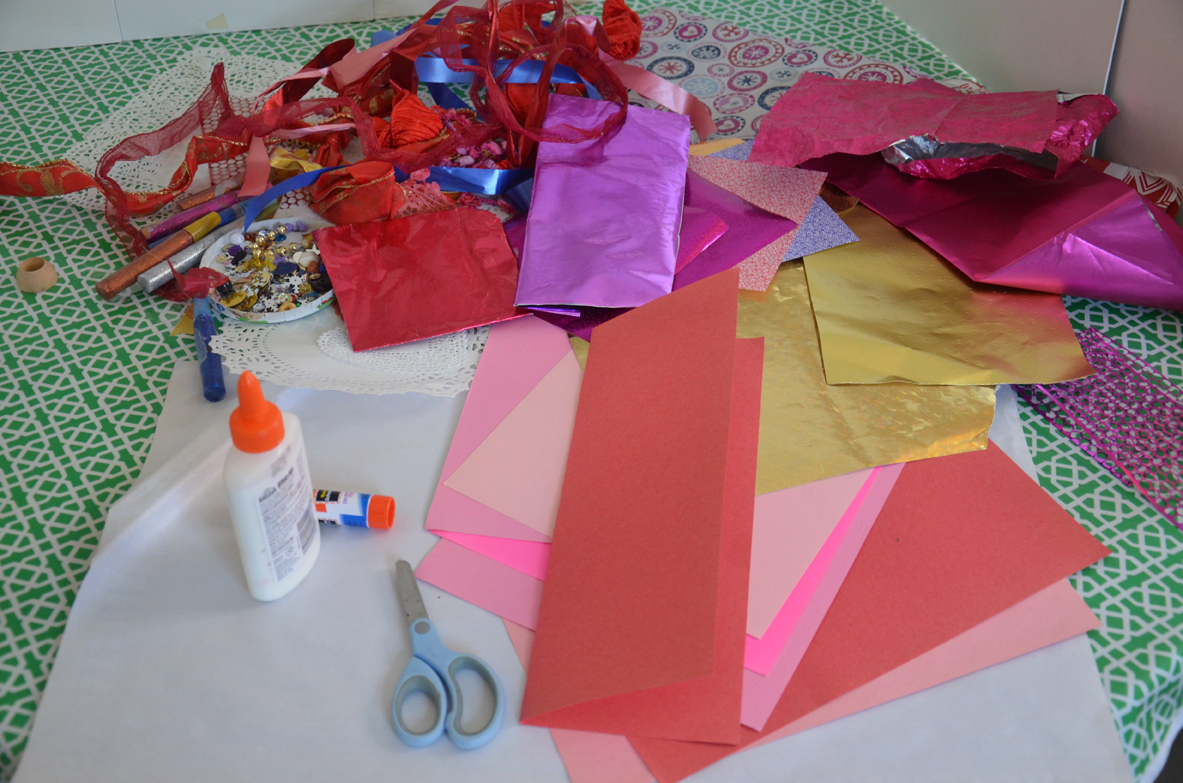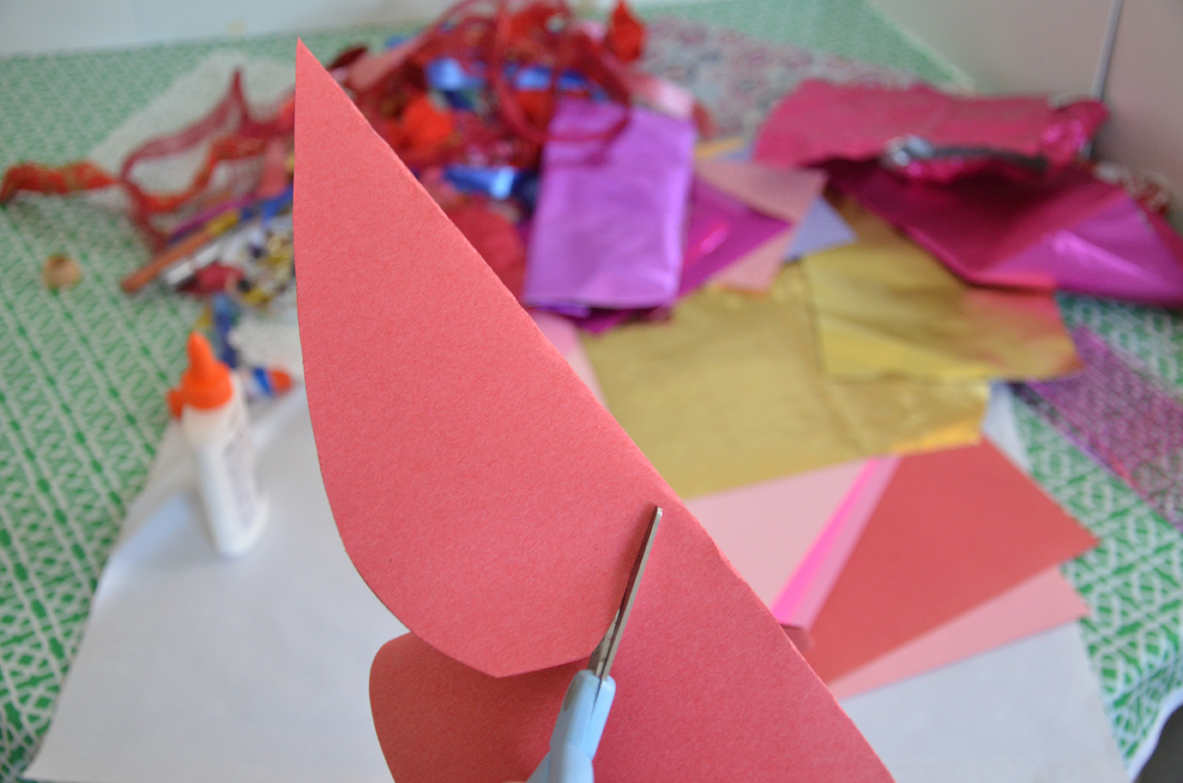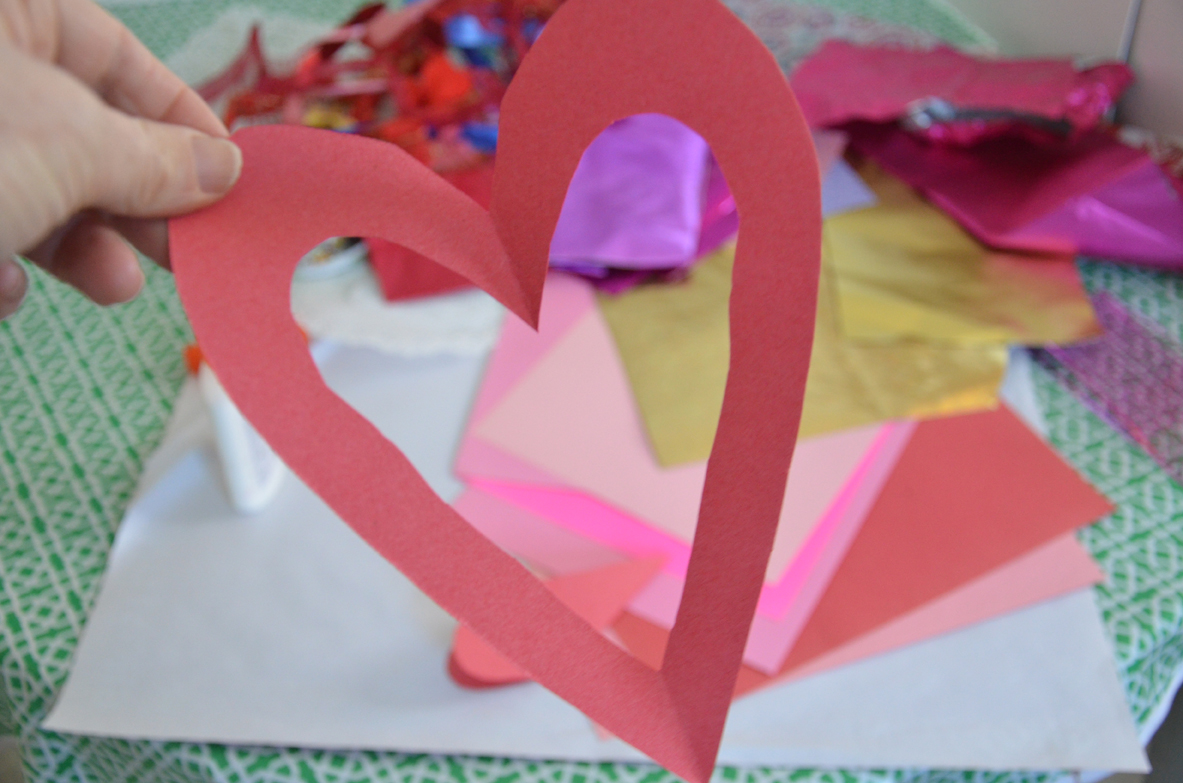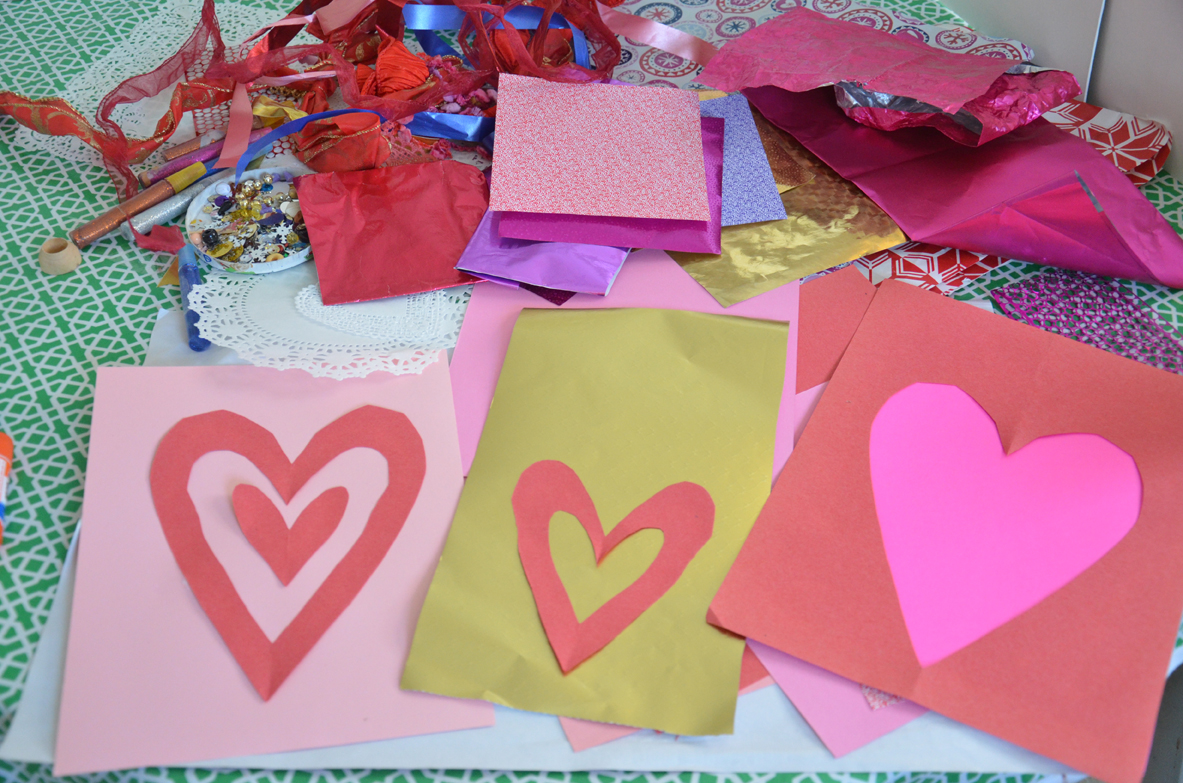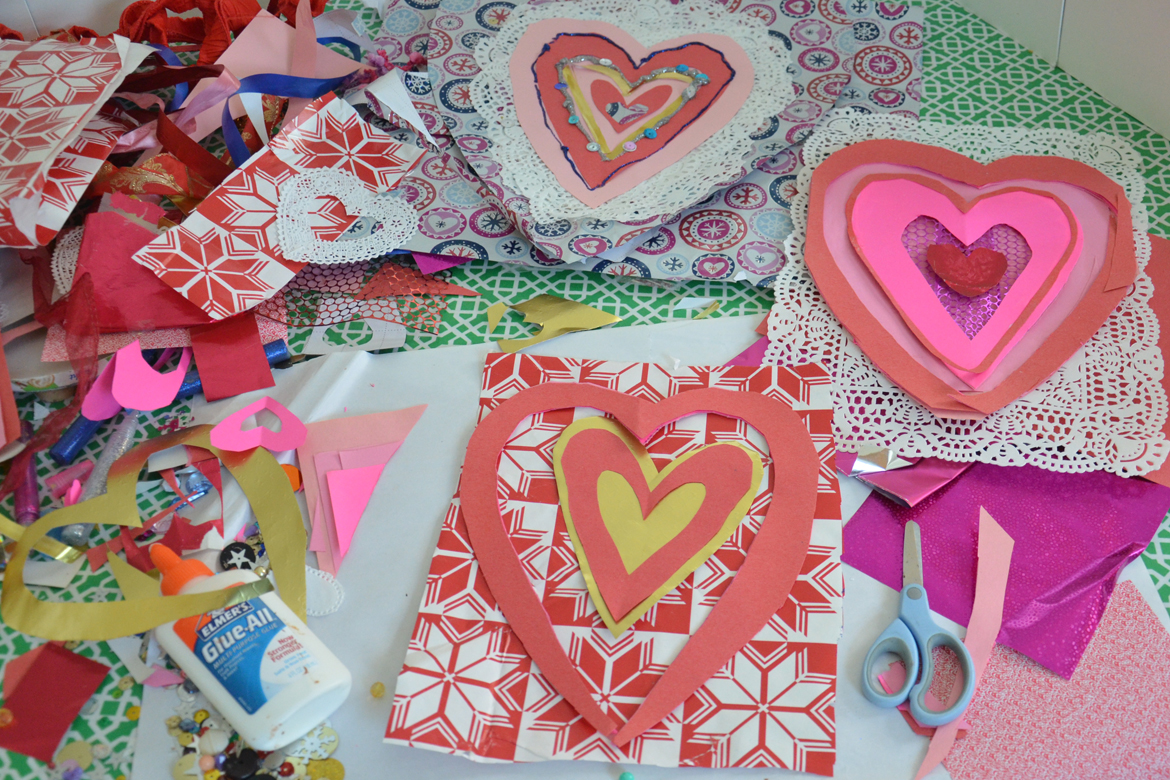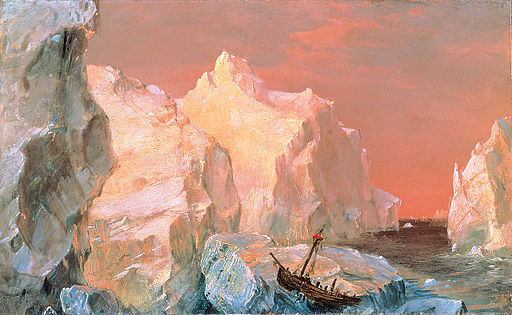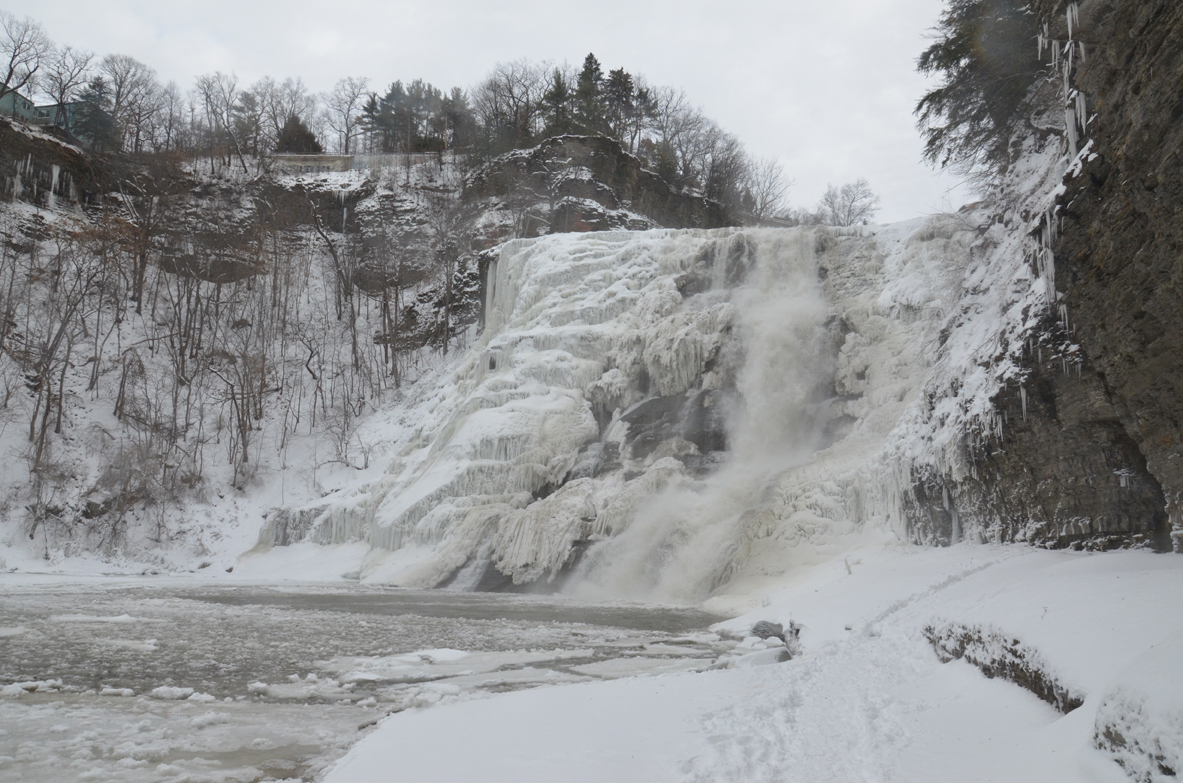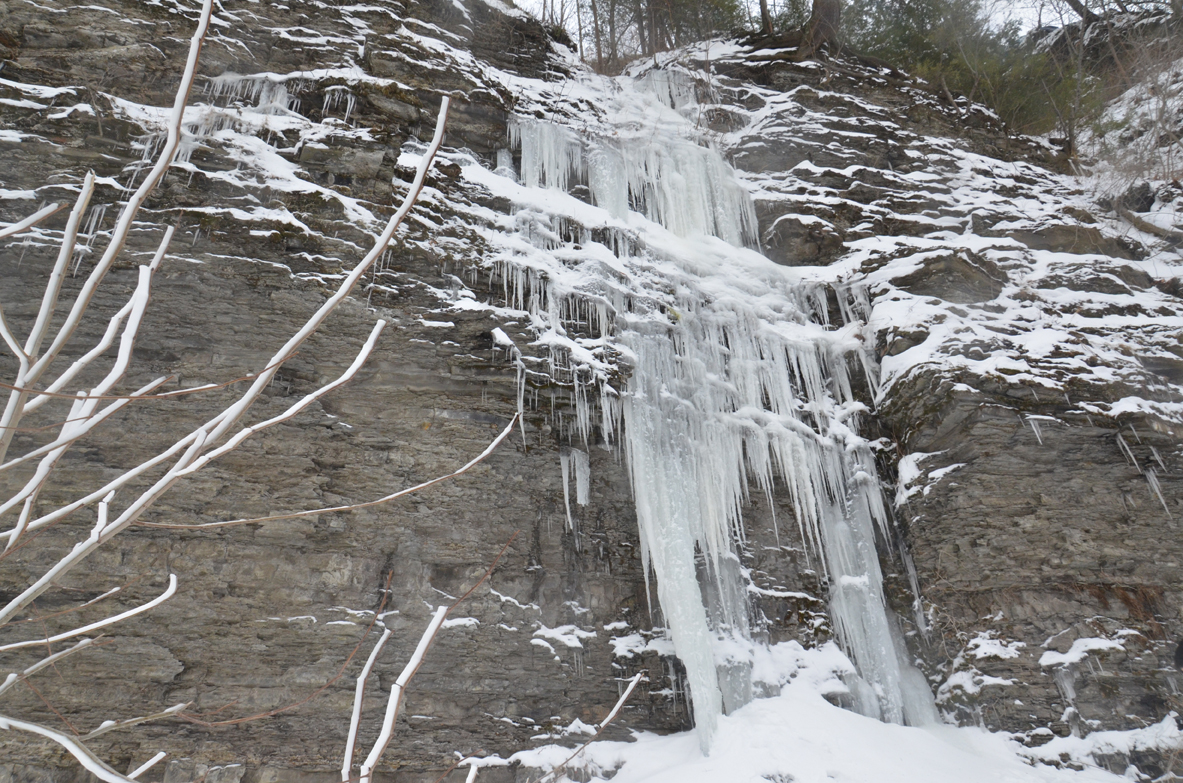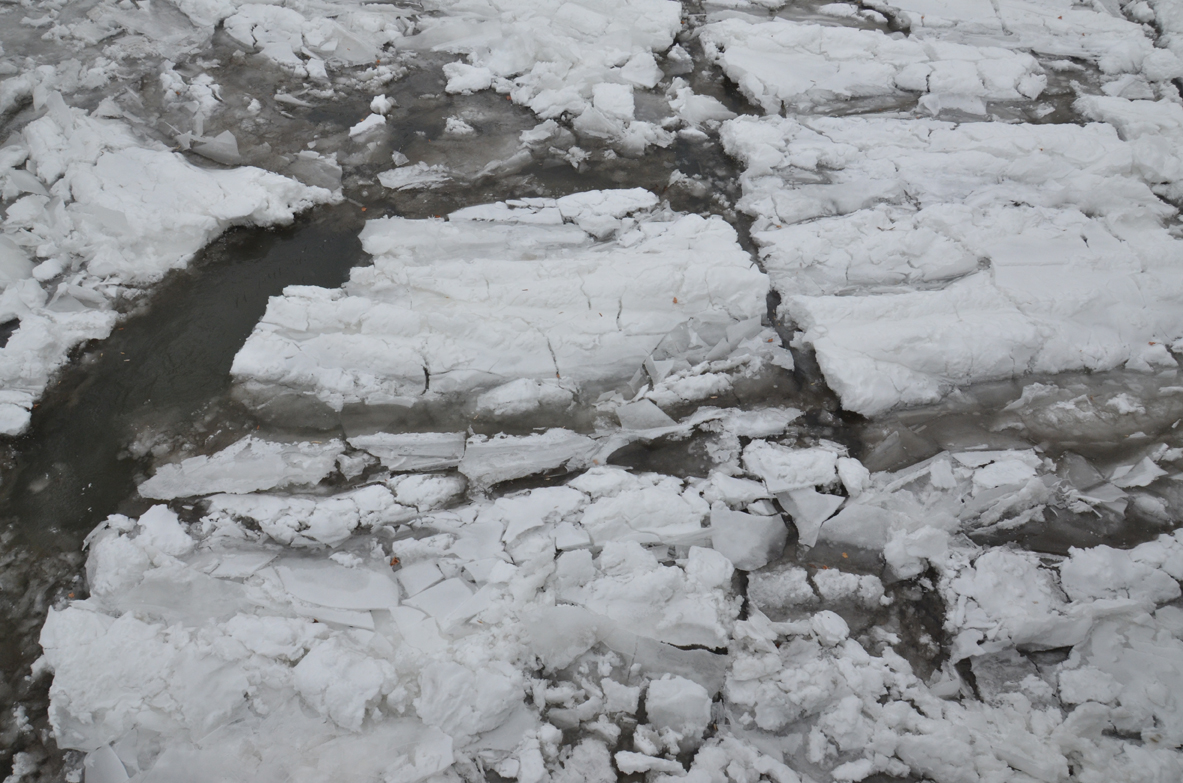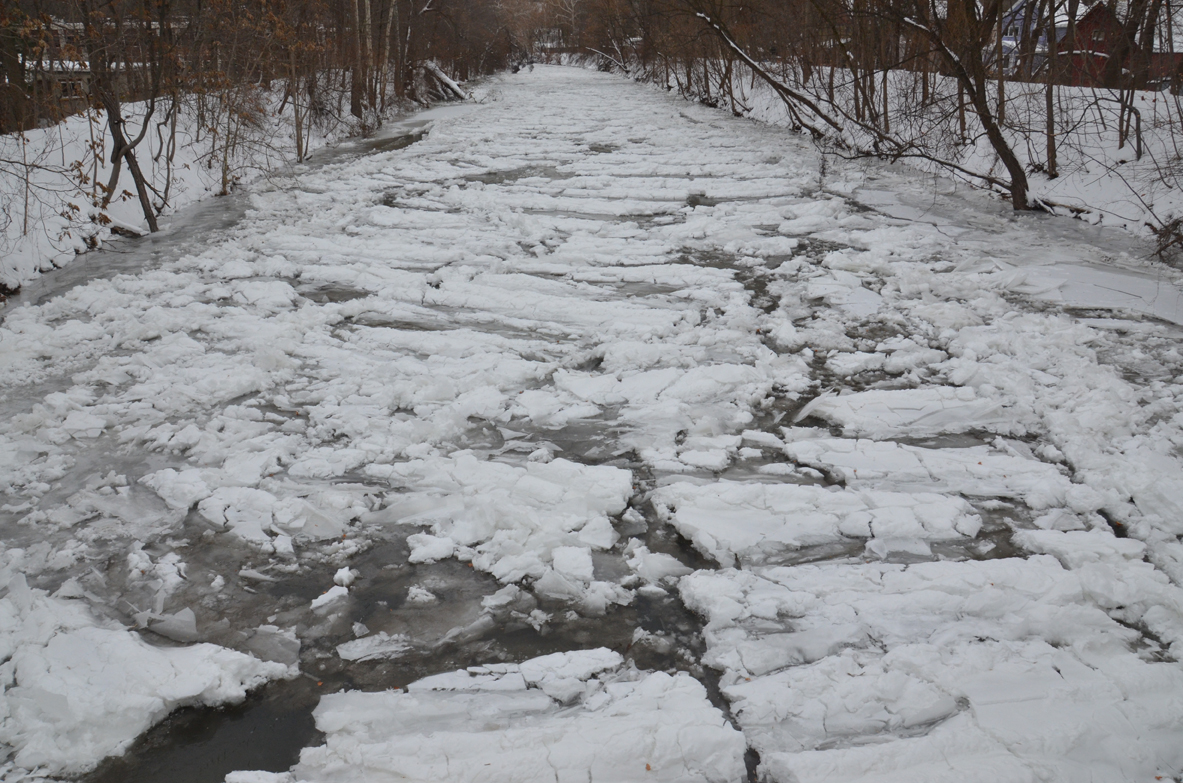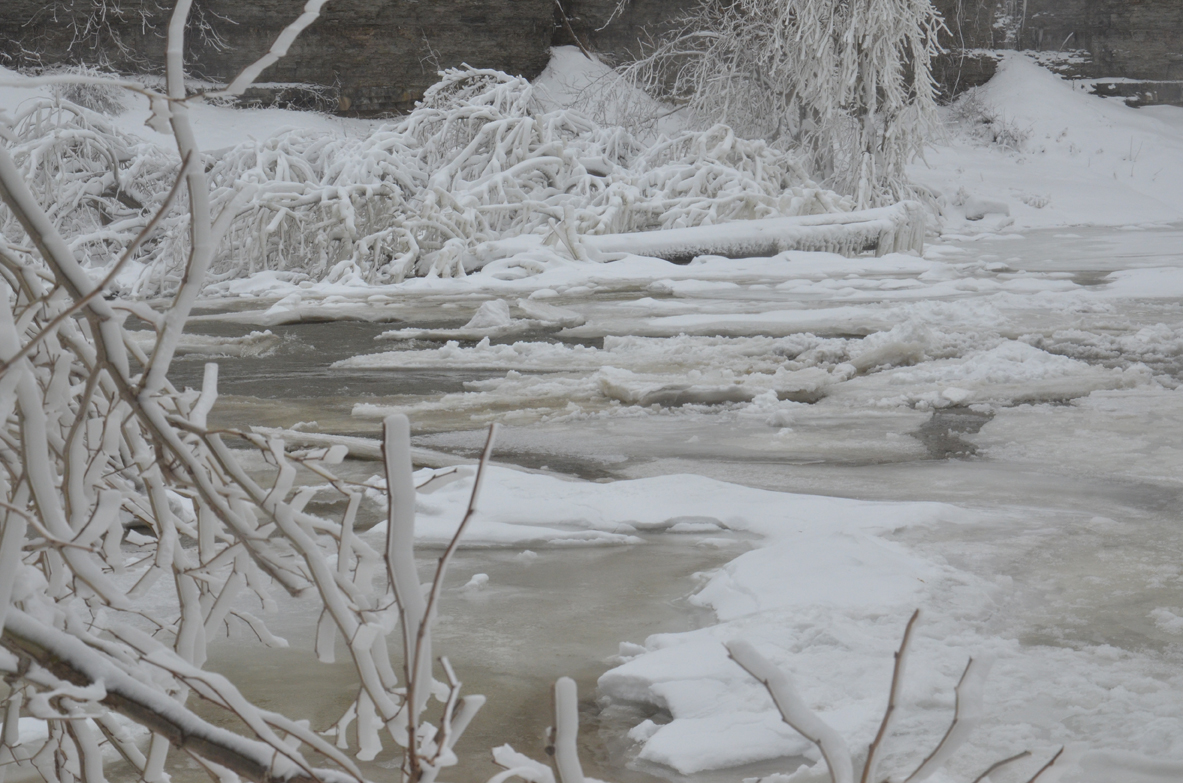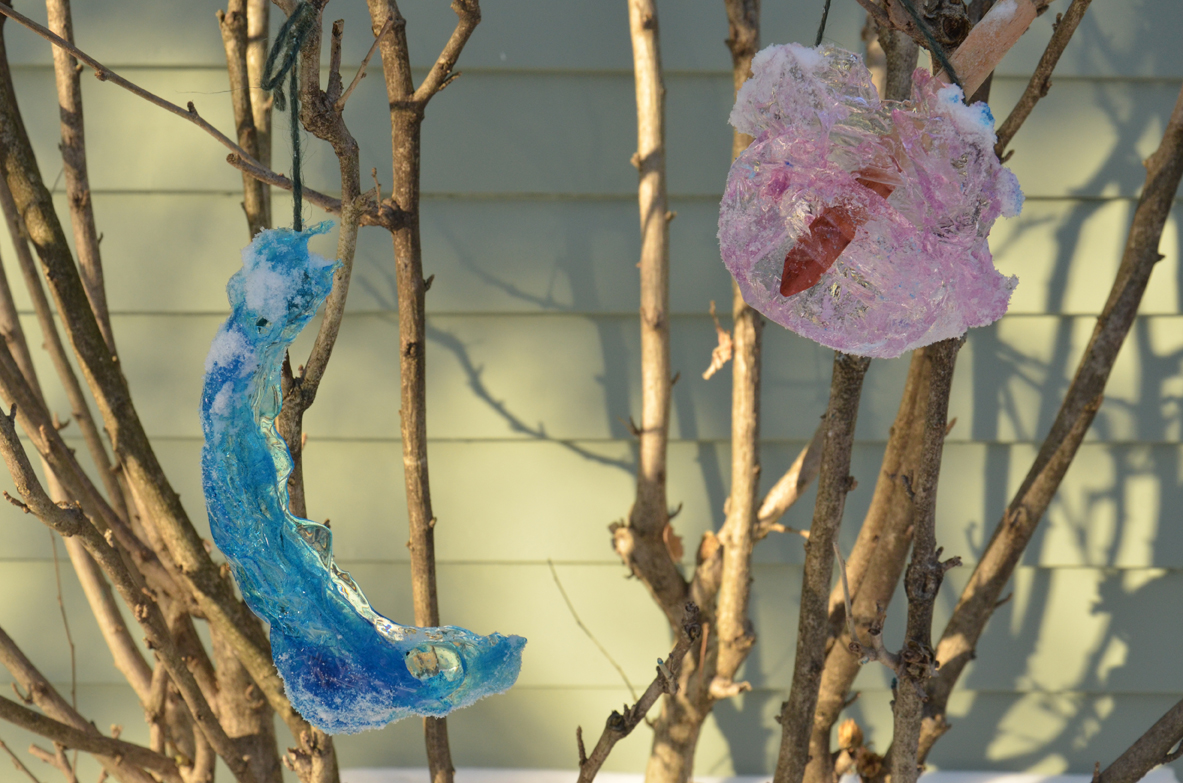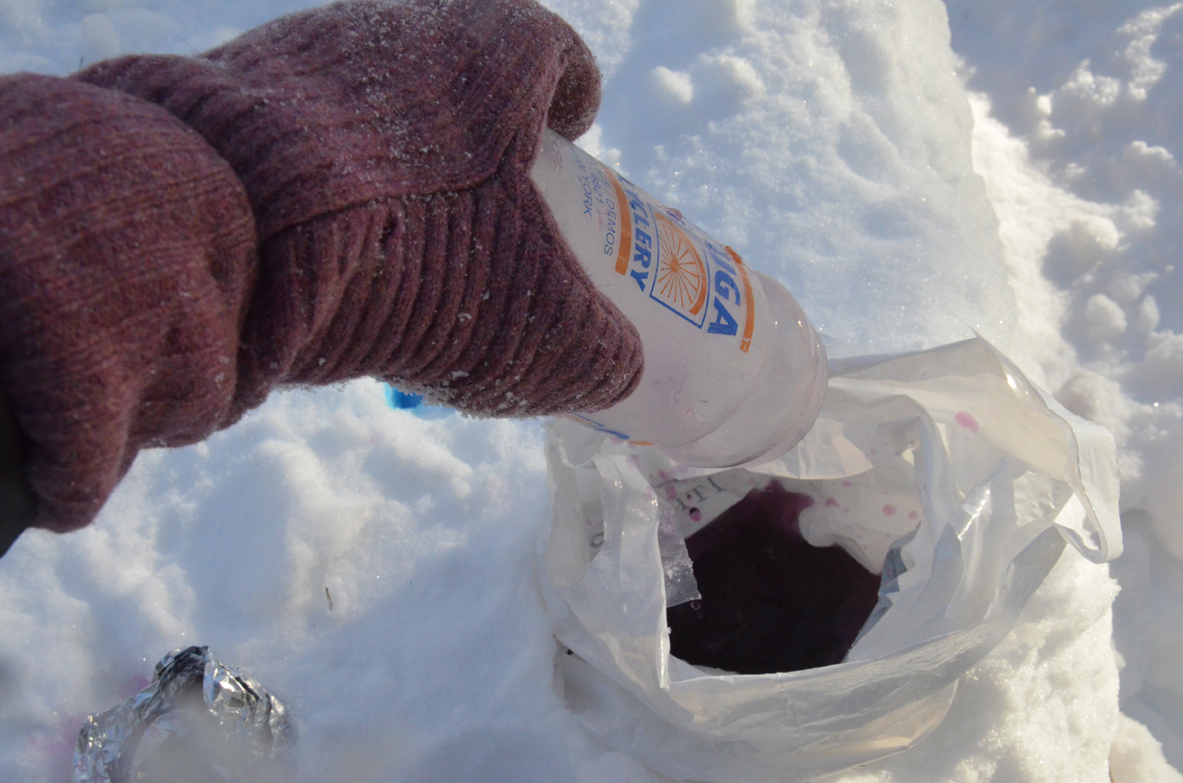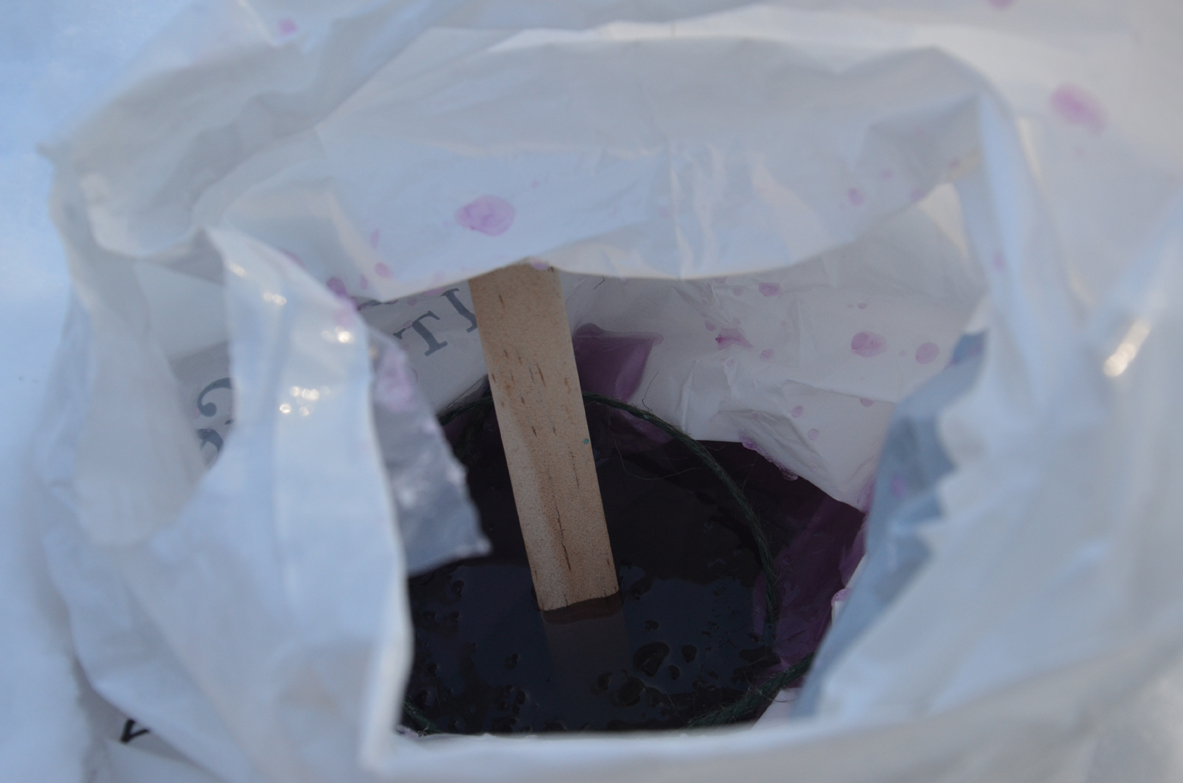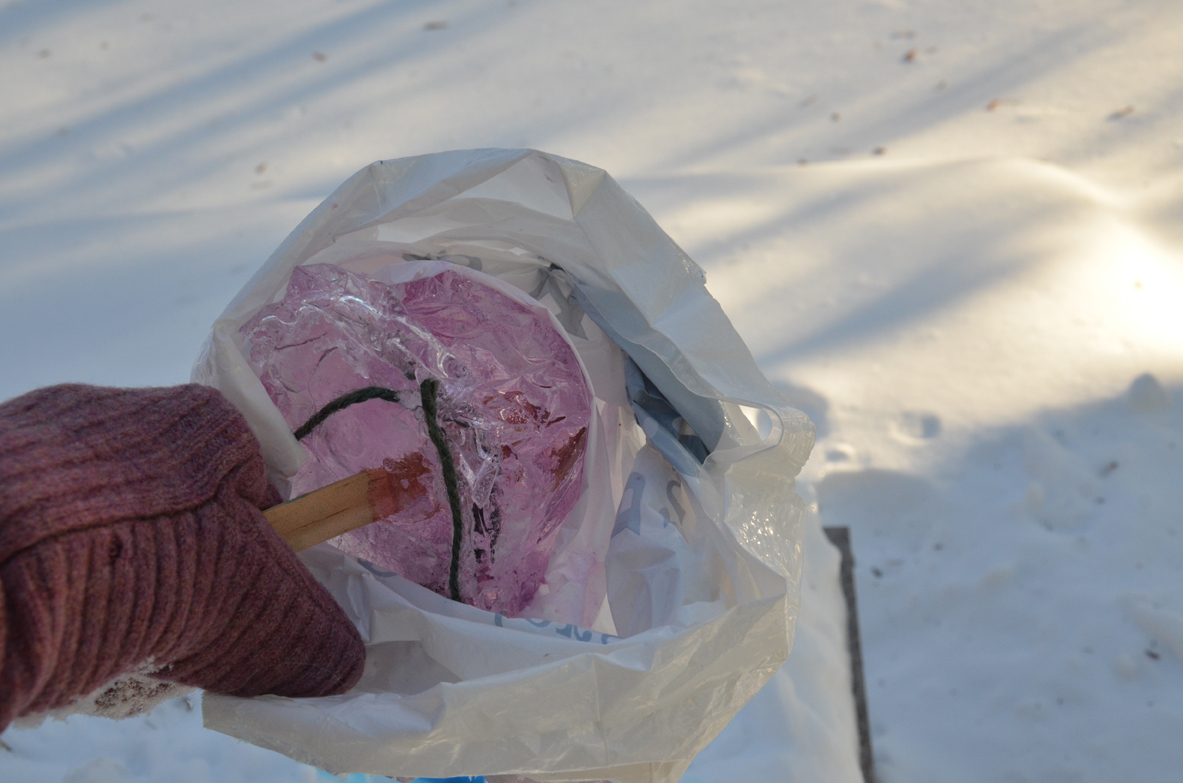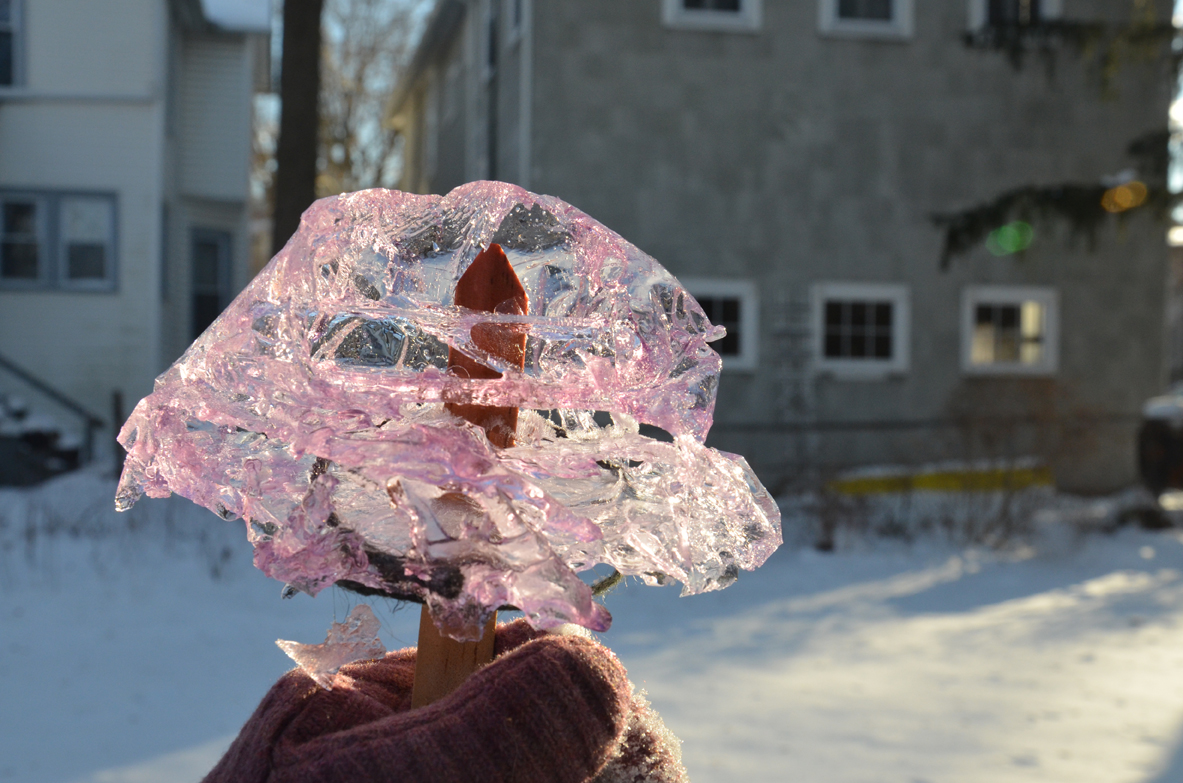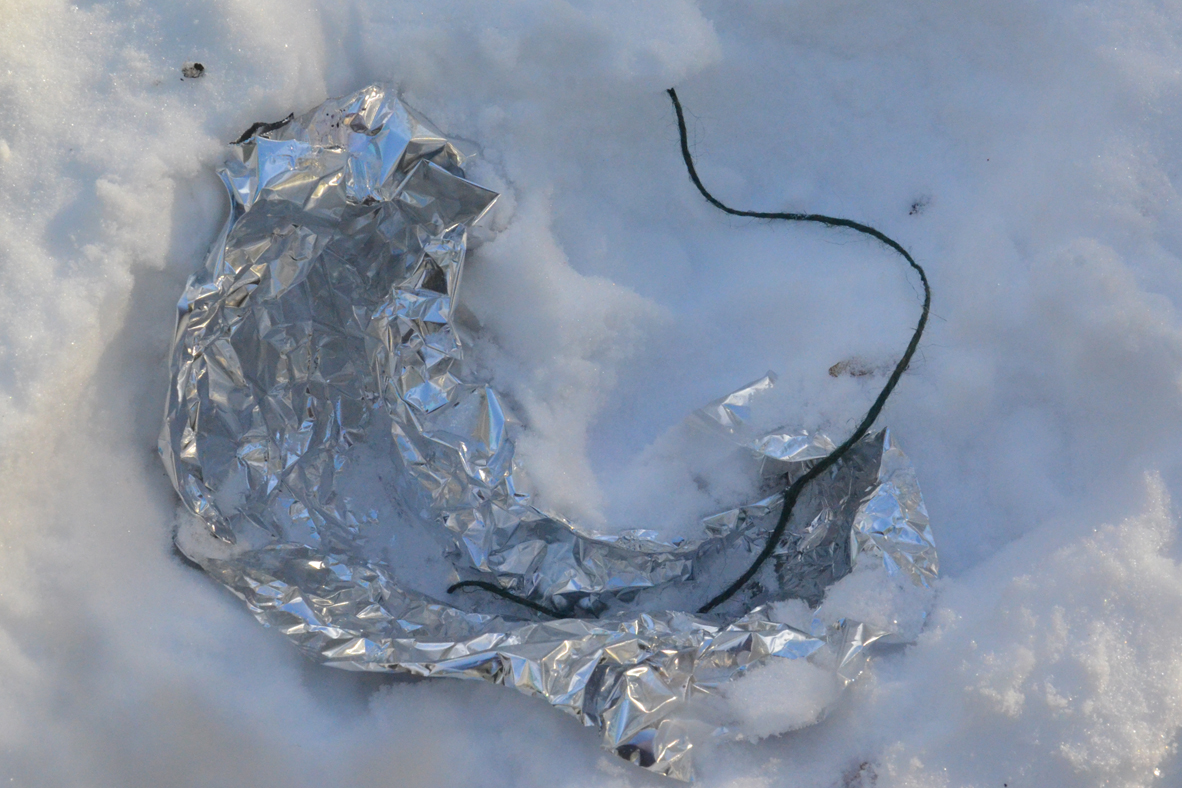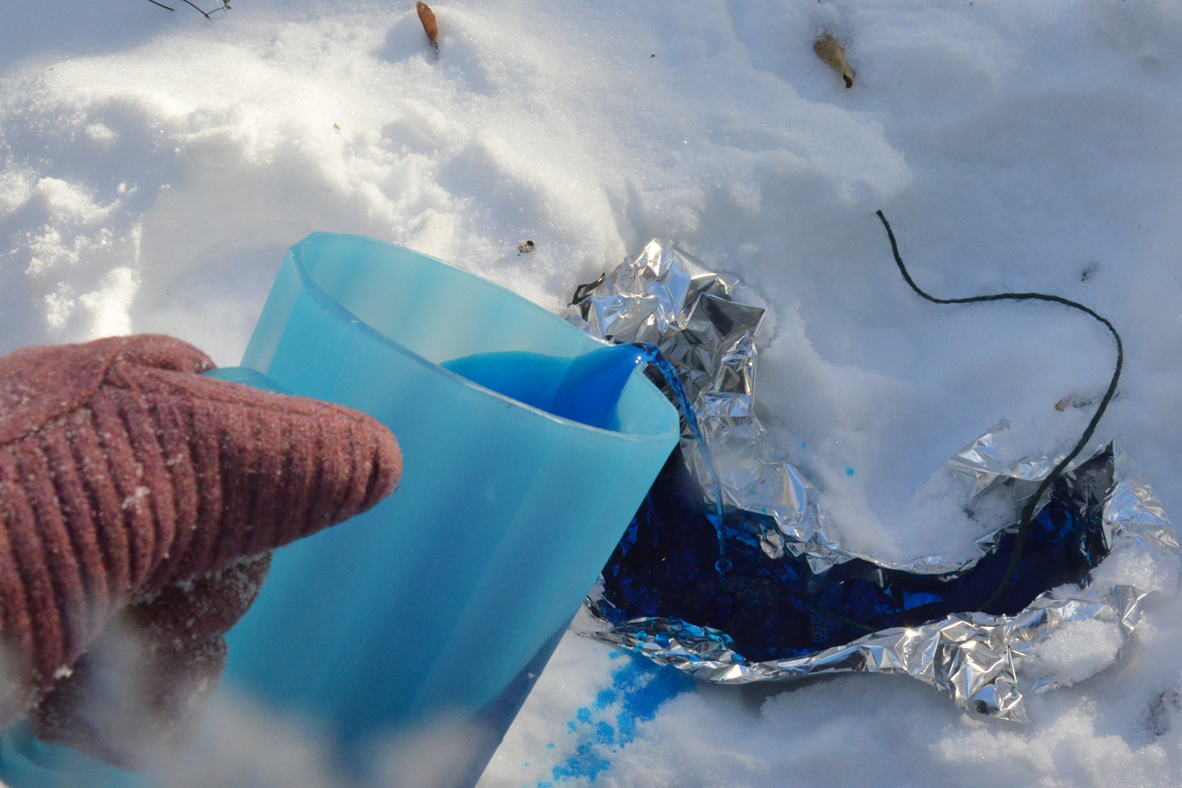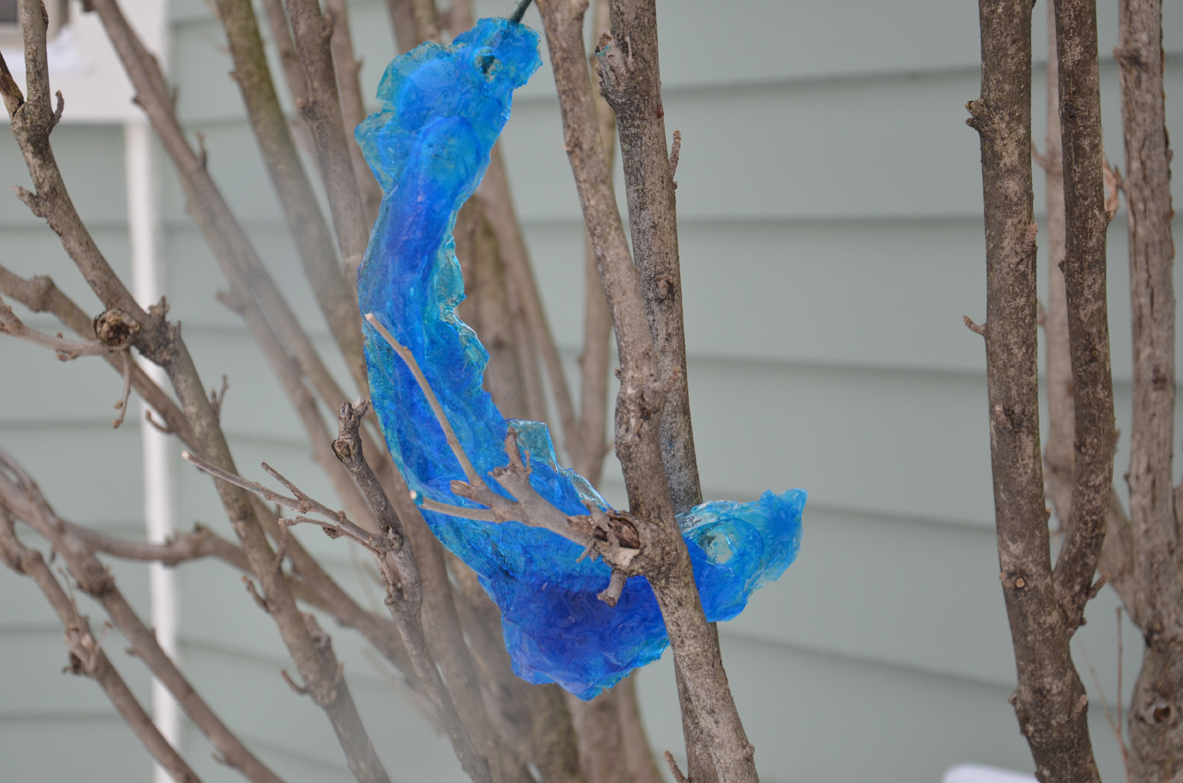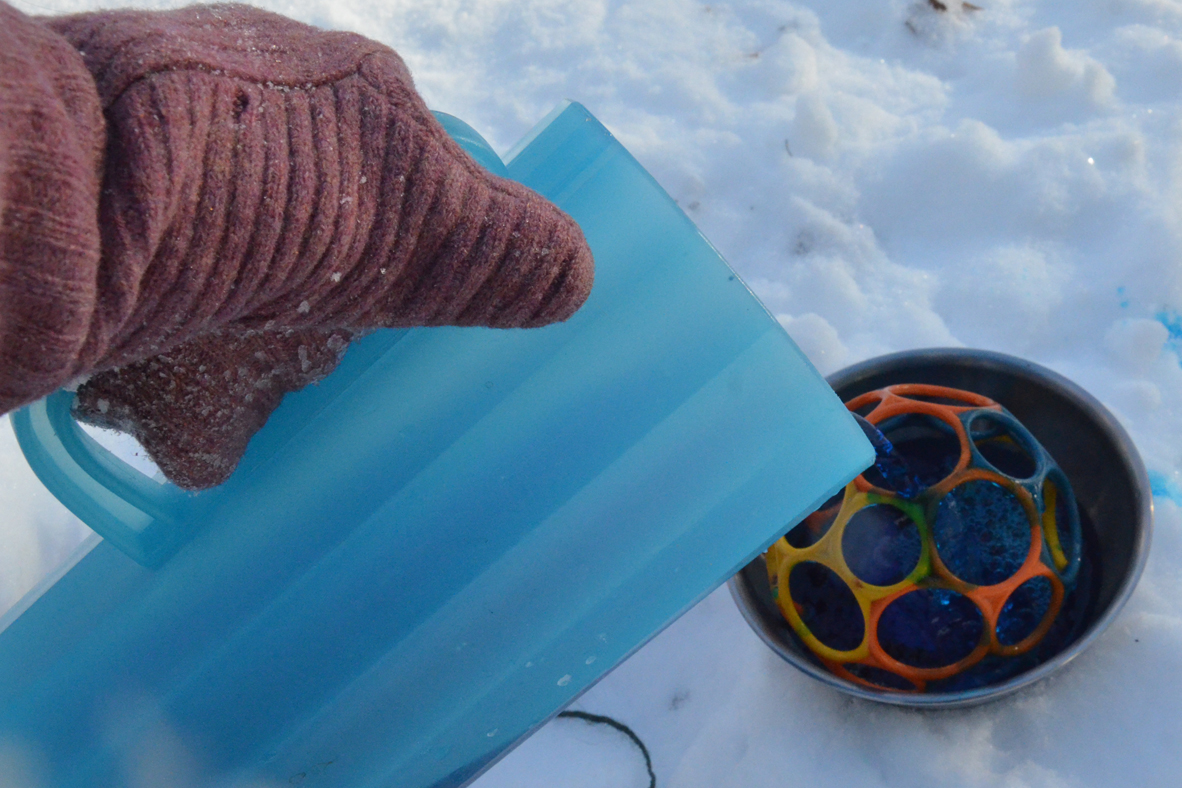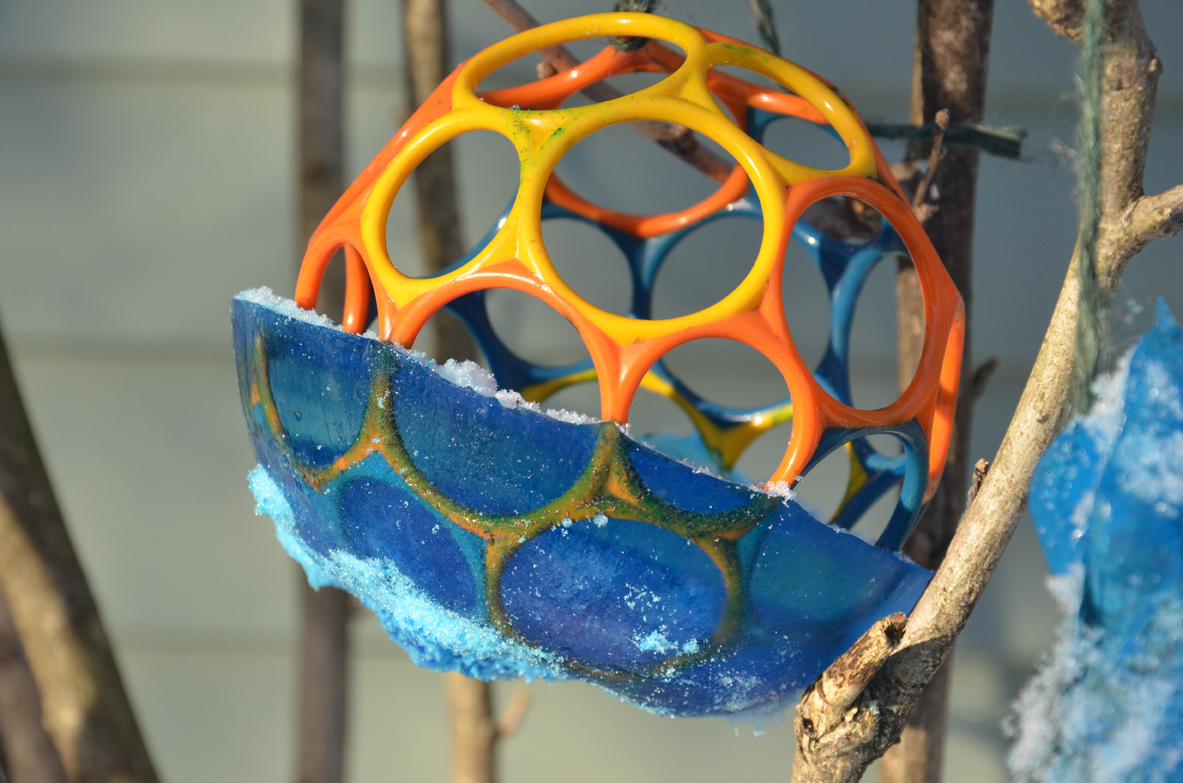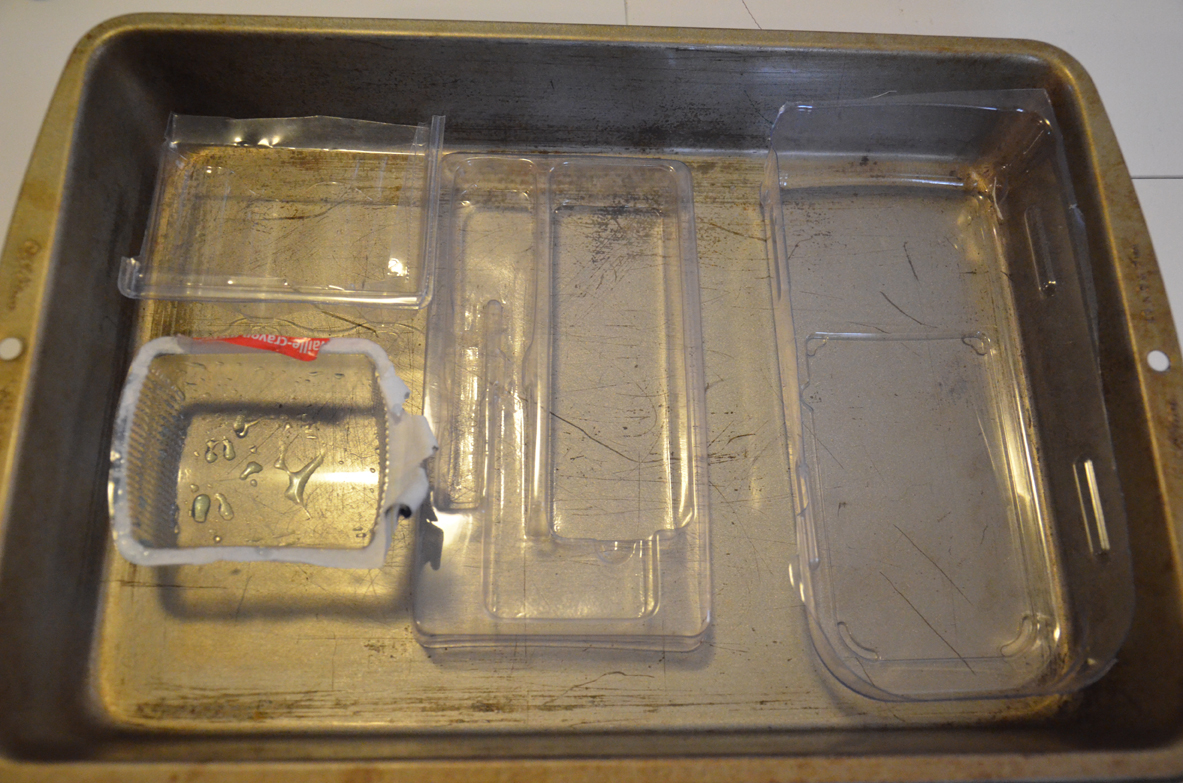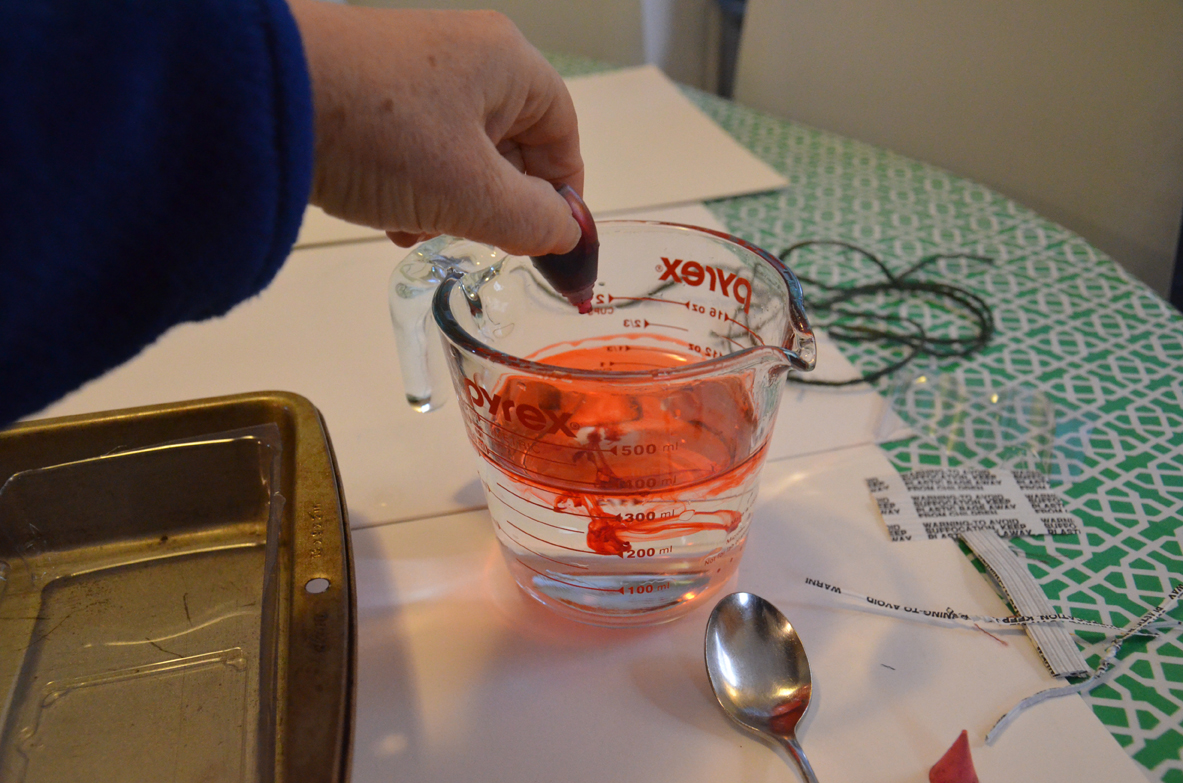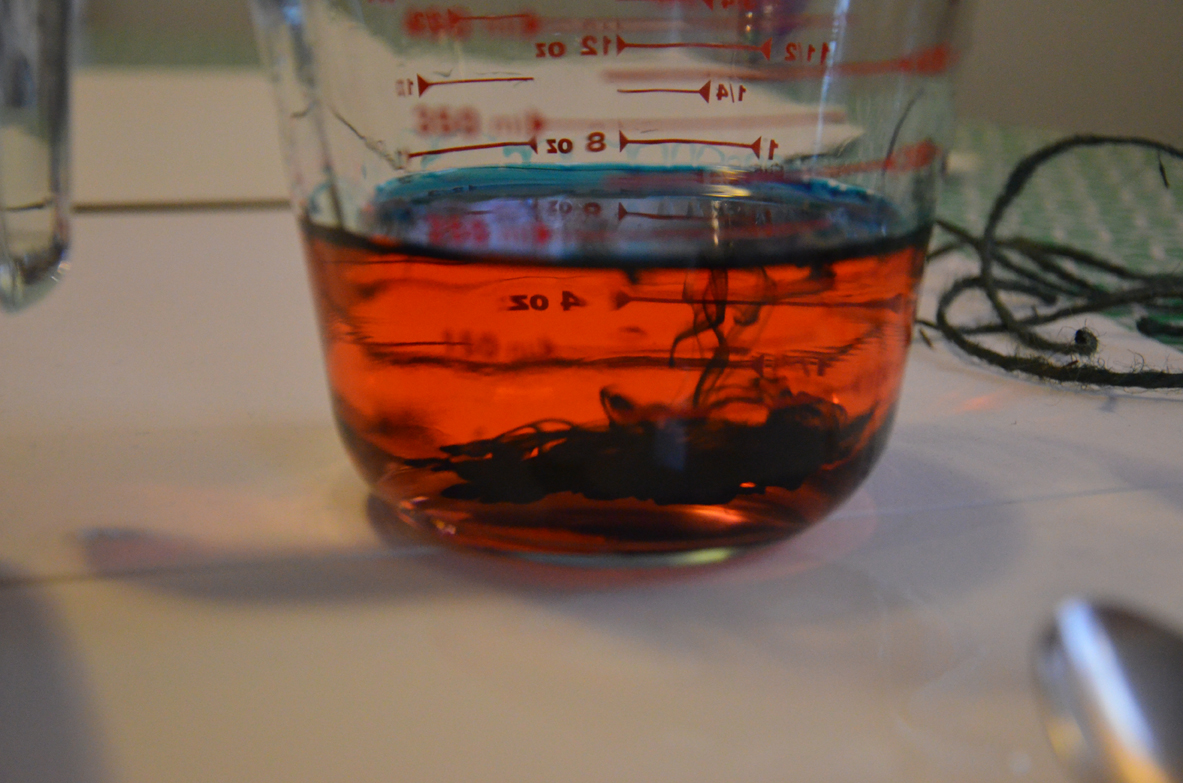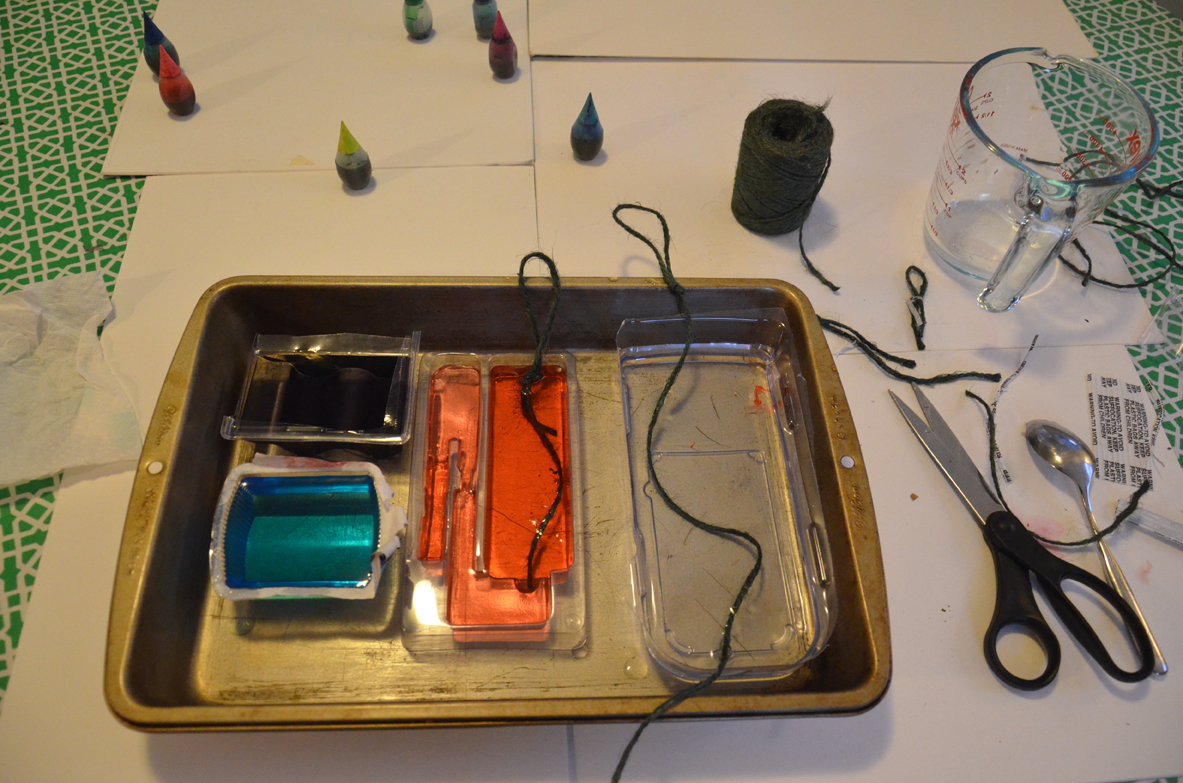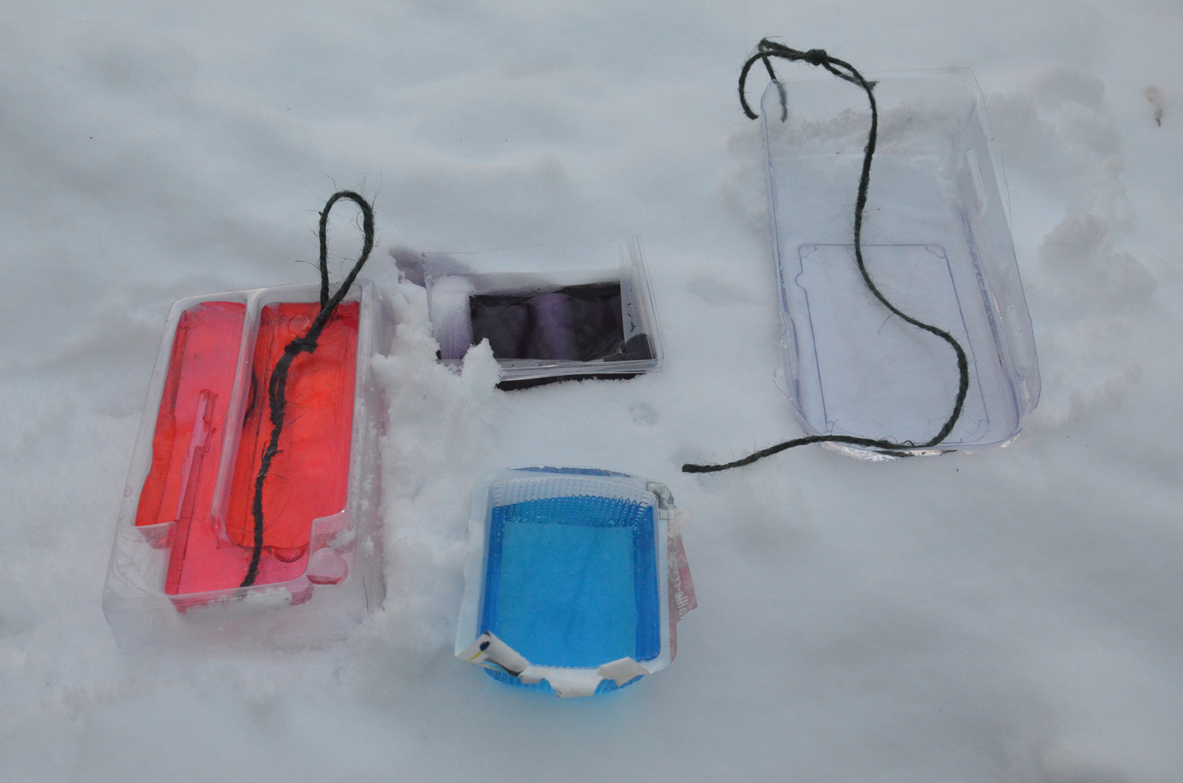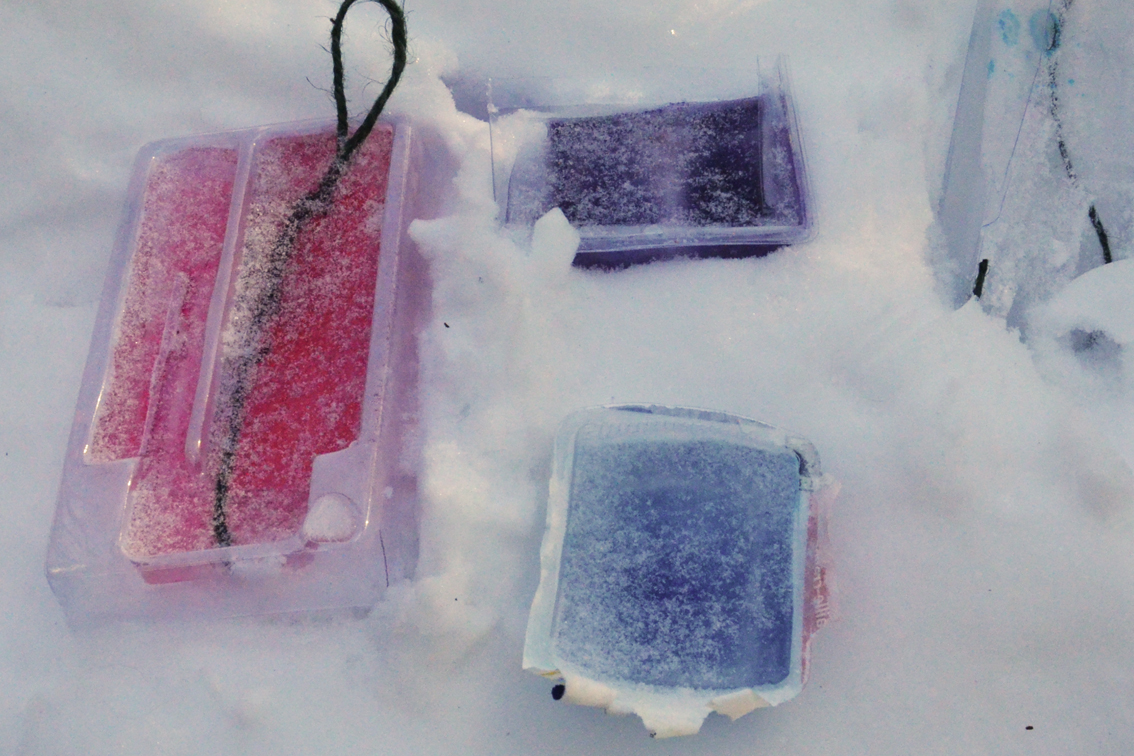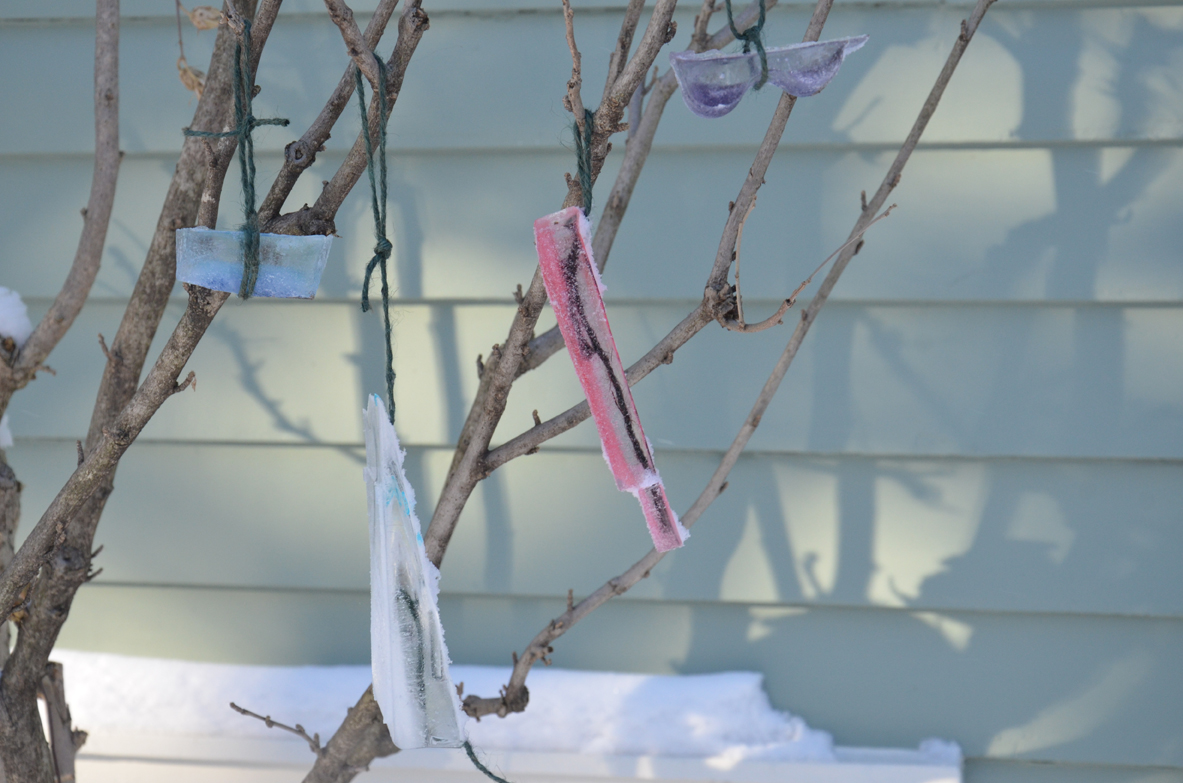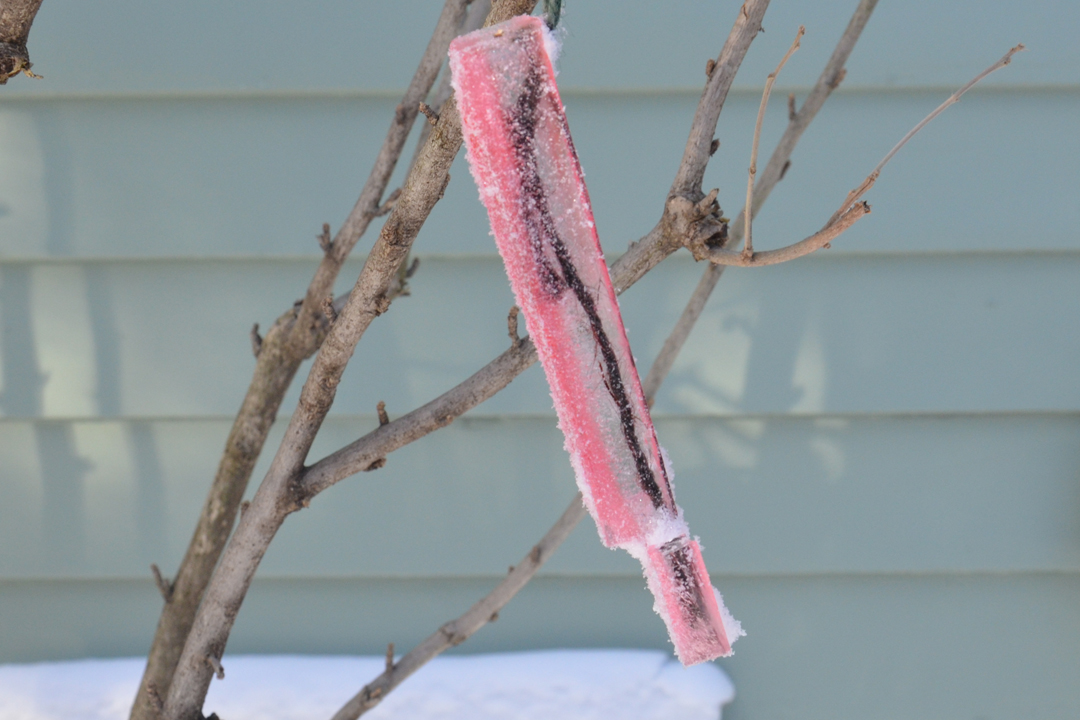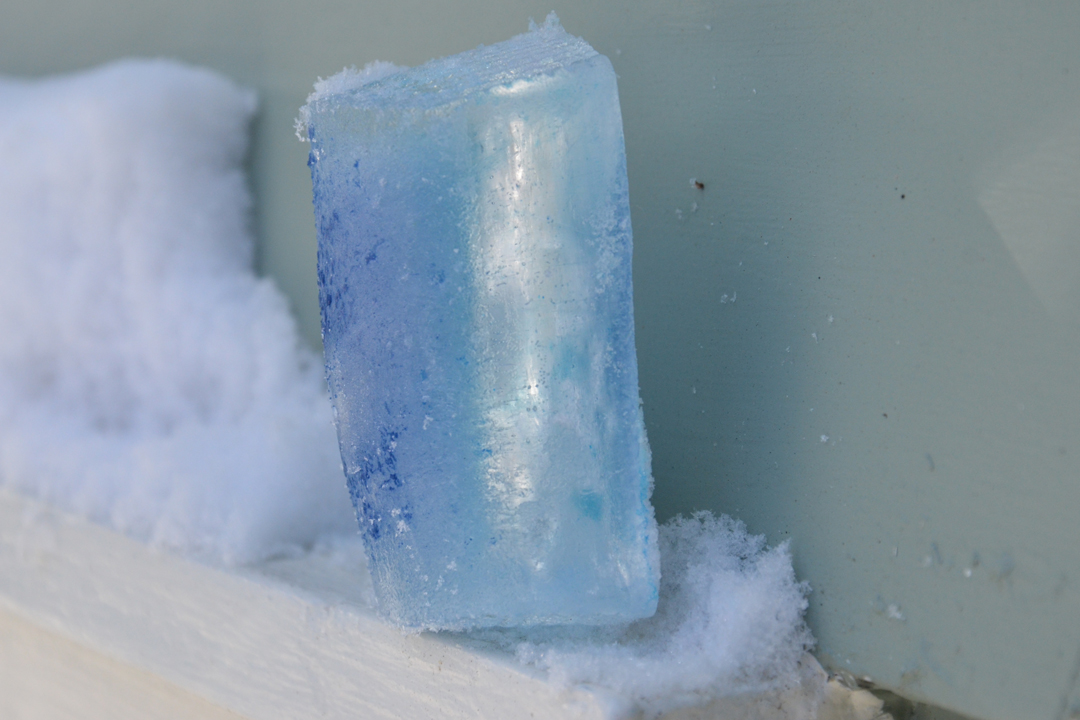The "A" in STEAM: Perceptual Theaters
ArtMaker Space Discovery Toys
Based in part on the idea of a game board without rules, Color Toy Prototype invites people to enjoy and experiment with color.
Sculpture Tools and Imaginary Worlds (Part Two)
In Part Two of the workshop, Sculpture Tools and Imaginary Worlds, the children were each given two abstract wooden people, a box with doors and lots of collage materials. I worked with a few children at a time to help them create furniture, gardens, windows and embellishments for their people. The children were encouraged to use their imaginations and to improvise. Once they completed work on their houses, the teachers helped each child to write a simple story. The children's creation were included in a preschool art event for families at Caroline Elementary School. Sculpture Tools and Imaginary Worlds was funded by a Red & Gold grant from the Ithaca Public Education Initiative.
Sculpture Tools and Imaginary Worlds (Part One)
In the spring of 2015 in collaboration with the PreK classroom teachers at Caroline Elementary School, I received a Red & Gold grant from the Ithaca Public Education Initiative (IPEI) to teach the workshop, Sculpture Tools and Imaginary Worlds. Part One of the workshop focused on sculpture tools. I brought in my toolbox, demonstrated how some basic hand tools work, created a series of photographs of the tools and then worked with each child to show them how to use clamps, socket wrenches, wingnuts and tape measures.
Art, Play and Literacy: Workshop at Caroline Elementary School
In the process of teaching art workshops to young children, I have become very interested in the relationship between art, play and literacy. I received an Arts Education Grant from the Community Arts Partnership of Tompkins County to work with three kindergarten classrooms at Caroline Elementary School. The initial purpose of the workshop was to create projects with the children that could be used as a vehicle for dramatic play and storytelling. The workshop evolved in order to connect with Caroline Elementary School's Celebration of Learning which was using the natural world adjacent to the school as a laboratory for learning.
The kindergarten students in all three classes were studying animals and birds. For two of the classes, I worked individually with each child to build an animal out of plaster gauze, wire, tape and newspaper. For the third class I worked individually with each child to build a bird puppet with the same materials. Once their animals and birds were covered in gauze, I worked with groups of about 3-4 kids at a time to help them paint them. The children used a combination of pictures of animals found online and the electronic version of Peterson's Guide to Birds. The children created their animals and birds in relationship to what they observed.
Part two of the workshop was different for each class. One class created a fantasy home for their animals out of cardboard boxes, one created a diorama environment for them and the other created prop puppets that could used for a play that the children were making with their bird puppets.
For the literacy component, each teacher utilized the animals, puppets, and environments in different ways. In Ms. Weber's class, the children created fiction stories about their animals and nonfiction stories about the process of making them. Ms. Keating's class created stories about each animal and its environment. Ms. Shululu's class used the bird puppets to create a puppet show that was attended by families. All of the projects that the children made were included in the Celebration of Learning that took place on May 29, 2015.
It was a real pleasure to work with the children. It was incredibly rewarding to see how proud they were of their projects. The workshop reinforces my belief that literacy skills can be supported and enriched by incorporating art and play into the classroom.
Make Way for Play was made possible with an Arts Education Grant from the Community Arts Partnership.
Getting set up for the workshop
Make Way for Play
The Make Way for Play Art Workshop begins at Caroline Elementary School this week. Funded by a Community Arts Partnership of Tompkins County Arts Education Grant, the workshop helps support literacy skills and explores the relationship between art and play. I am working with three classrooms of kindergartners who are studying animals and the environment surrounding Caroline Elementary School. Each child has chosen either an animal or a bird to study.
One kindergarten class will be making both bird puppets and puppets to go along with them such as flowers, a companion bird, a nest, or a birdhouse. The children will have the opportunity to create a story and puppet show with their puppets. In the other two classes, the children will be making a sculpture of both the animal they are studying and a dwelling or environment for their animal. The environments for the animals can either be fanciful or realistic. The children will use the animals and environments as an inspiration for their stories.
Animal armatures wrapped in plaster gauze. Next week we'll paint them.
Puppets and Places at Abovoagogo
In Puppets and Places at Abovoagogo, we made puppets and a puppet theater, people, cars, houses and worlds. The emphasis of the workshop was on the relationship between art and play. It was exciting to watch the kids make objects that triggered their independent, imaginative play. Materials included plaster gauze, wooden shapes, toy wheels, cardboard, newspaper, paint, collage materials and lots of glue and tape.
Making a cardboard house
Making imaginary places
Playing with what they made
An "elevator house" in progress
COLLAGE INSPIRATIONS: The Work of El Anatsui
El Anatsui Detail of his work exhibited at the Brooklyn Museum
When artists use collage, they incorporate elements that come from the world into their drawings, paintings and sculptures. Put within a new context, these elements take on new meanings. The image above is a detail of one of El Anatsui's amazing pieces. His inspiring work was on display in his one person exhibition at the Brooklyn Museum in 2013. Here is a link to more information about the exhibition: Gravity and Grace: Monumental Works by El Anatsui.
TREASURE BOX COLLAGE
Treasure boxes can be made from almost any kind of box, such as shoe boxes, tea boxes or anything with a lid. The three dimensional quality of a box gives kids a great surface for experimenting with collage. A child might be inspired to collect treasures to keep in it once it is done. This collection can consist of all kinds of things that a child might find interesting--pebbles, bottle caps, stamps, trinkets, beads, just to name a few.
VALENTINES: NOT FROM THE STORE
There is no such thing as a right or wrong way to make a valentine. Making valentines is a great way to let someone know you care about them. They are also a fun way to explore color, shape, texture and material. Lots of things can be used to make valentines: wrapping paper, construction paper, ribbons, doilies, scrap paper, tissue paper and anything else that you think might work.
SNOW DAY PICTURE BOOKS
Cuddling up in a chair with a good book on a snow day morning is one of my favorite parts of winter. For my final post connected to ice ornaments, I have put together a list of some of my favorite picture books related to winter. Some of these books are recent, some well known and readily available, and some a little older and available second hand or in the library. While winter is a prominent aspect of these books, most of them use winter as a vehicle to explore other themes. In Snowflakes Fall, for example, the author and illustrator honor the memories of victims of the Sandy Hook tragedy, with a message of hope and renewal. The Snowy Day and Snow, celebrate the pleasures of playing in the snow, the beautiful and transient qualities of snow and the comfort of returning indoors into a warm house after playing outside. Big Snow taps into a child's excitement in anticipation of a snowstorm.
First Tomato: A Voyage to the Bunny Planet, uses winter as a counterpoint for the longing for summer. Although not really about winter, Teddy Bears Cure a Cold, is a humorous and quirky book in which sledding plays a strong role. Good at any time of year, The Mitten, is a Ukranian folk tale in which the forest animals all squeeze into a mitten in an effort to keep warm.
Stan the Hot Dog Man is a whimsical story of a man who finally retires from his job and decides to sell hot dogs. A school bus and Stan's hot dog truck get stranded in a blizzard. Stan saves the day when he and the children stay warm and eat hot dogs in the warmth of his hot dog truck. A longer story featuring a winter storm is the Mousehole Cat. Beautifully illustrated, the Mousehole Cat tells the the tale of an English fishing harbor blocked in by a long winter storm that prevents them from fishing. To save the starving town, old Tom braves the storm with his trusty companion, Mowzer. As a cat, only Mowzer can tame the Great Storm Cat.
Snowflakes Fall Written by Patricia Machlachlan, Illustrated by Steve Kellogg, 2013
The Snowy Day Ezra Jack Keats, 1962
Snow Written by Cynthia Rylant Illustrated by Lauren Stringer, 2008
Big Snow Jonathan Bean 2013
First Tomato: A Voyage to the Bunny Planet Rosemary Wells, 1992*
The Mitten Jane Brett, 1996
Teddy Bears Cure a Cold Written by Susanna Gretz, Illustrated by Alison Sage, 1989*
Stan the Hot Dog Man Leonard Kessler, Edith Kessler, I Can Read Book, 1995
The Mousehole Cat Written by Antonia Barber, Illustrated by Nicola Bayley, 1990
*Might be hard to find
ICE INSPIRATIONS: ARTISTS
Many contemporary artists have used ice as a sculptural material. Some fascinating examples can be found in a 2013 article by Leigh Patterson in the Atlantic, "Melting Masterpieces: Impressive Works of Art Made from Snow and Ice" In addition the sculptor Andy Goldsworthy, has made many remarkable site-specific sculptures from ice. Images of his work can be found in the Andy Goldsworthy Digital Catalogue.
More traditional painters have also been inspired by ice.
Caspar David Friedrich The Sea of Ice 1823-1824
Frederic Edwin Church Wreck in Sunset 1860
Roy Wass, Cape Split, Addison, Maine; date and title unknown;
Robert Clow Todd The Ice Cone, Montmorency Falls, Quebec 1866
In these cold days of winter, it is interesting to see how artists' imaginations have been captivated by the beauty, mystery and treachery of ice. This post is part of the series related to the project, Ice Ornaments.
ITHACA ICE INSPIRATIONS
If one is making ice ornaments with young children, it can be interesting to look at the amazing ways ice forms in the landscape. This post is part of the series related to the project, Ice Ornaments.
ICE ORNAMENT VARIATION: Snow Molds
This variation of making ice ornaments uses snow as a casting mold. Casting ice ornaments in snow introduces young children to some of the basic principles that are used in casting sculpture. Casting is a process used by artists who work with materials such as glass, cement, ceramics and metal. For this method of making ice ornaments, the mold is created by carving out a shape in the snow and lining the shape with either aluminum foil or a plastic bag. Lining the shape is necessary to prevent the water from soaking into the snow. Kids can experiment with the shape, size and depth of the snow mold.
ICE ORNAMENTS
Making ice ornaments is a perfect snow day activity to do with young children. Made from common household materials, they are fun, easy, and inexpensive. They can be made with almost any container that can hold water including recycled plastic, milk jugs, bags, balloons, cups, bowls, ice cube trays, and more. Ice ornaments are a great opportunity for young kids to learn about color, light, mass, volume and the way water turns into ice. Experiment and enjoy!
CREATIVE MESS: INSIDE ON SNOWY DAY
I've always enjoyed snow days. Everything is quiet outside. Everything slows down. There are no errands to run. Everyone in my house is sleeping.
CREATIVE MESS
Mess is part of my creative process---I try many ideas at once, then edit. My studio is a messy place, but I know where everything is. When working on picture book drawings, I also make a mess, but it’s a digital one. Some of the drawings for Mr. Kitty Cleans House contain more than 50 photoshop layers. Each drawing can have as many as twenty versions. Chaos and mess are not the same. Mess is a state of experimentation. Making art for me is about distilling something meaningful out of the mess.



